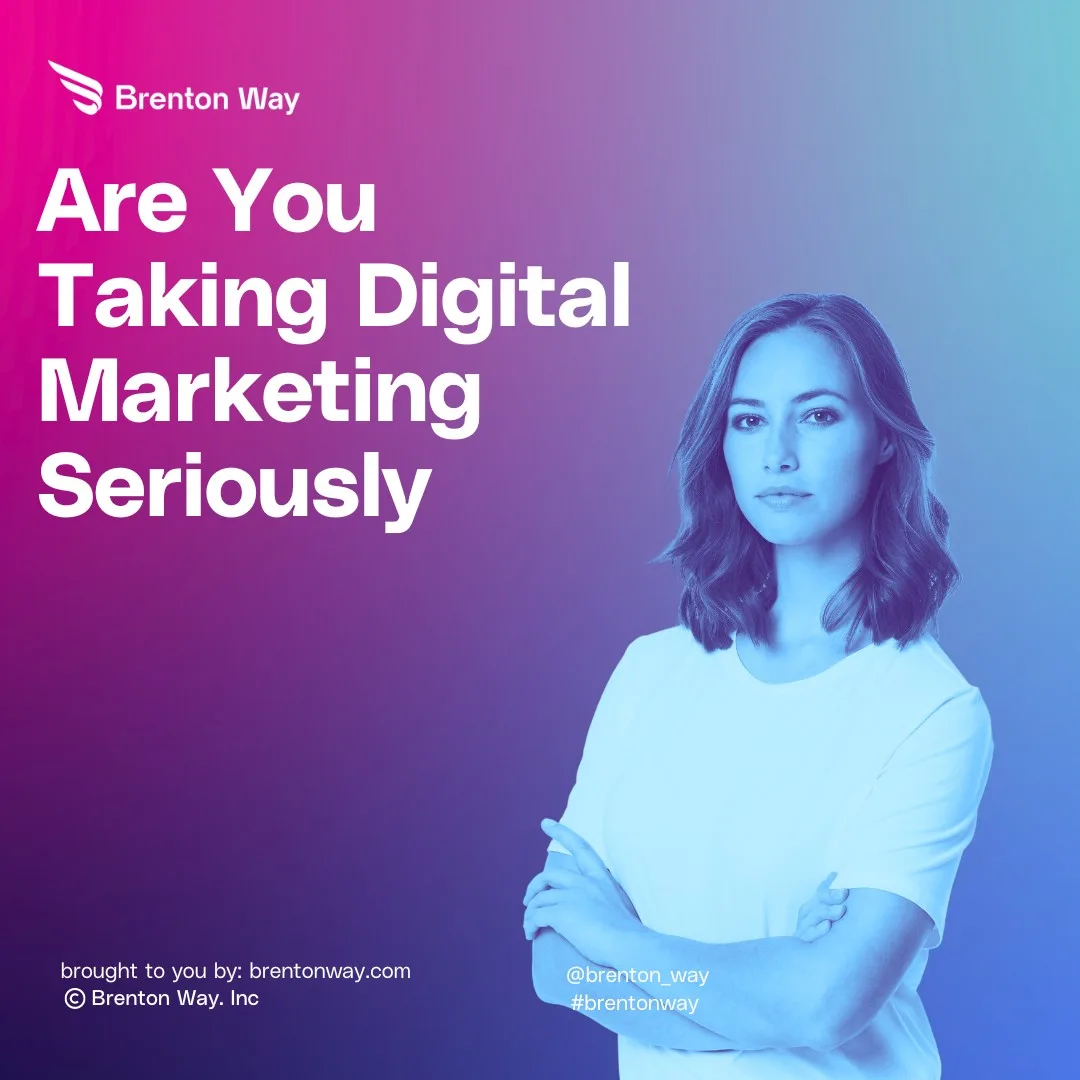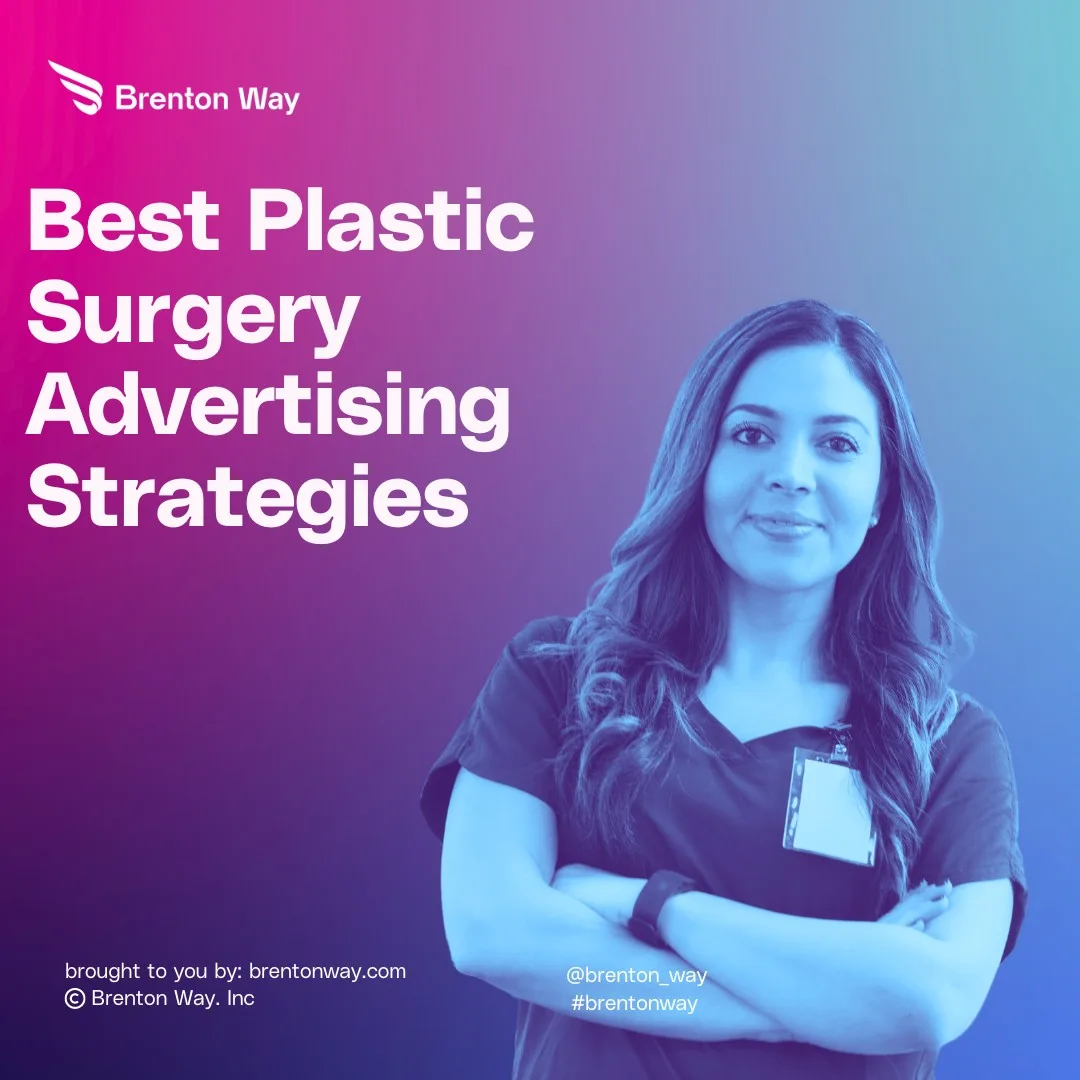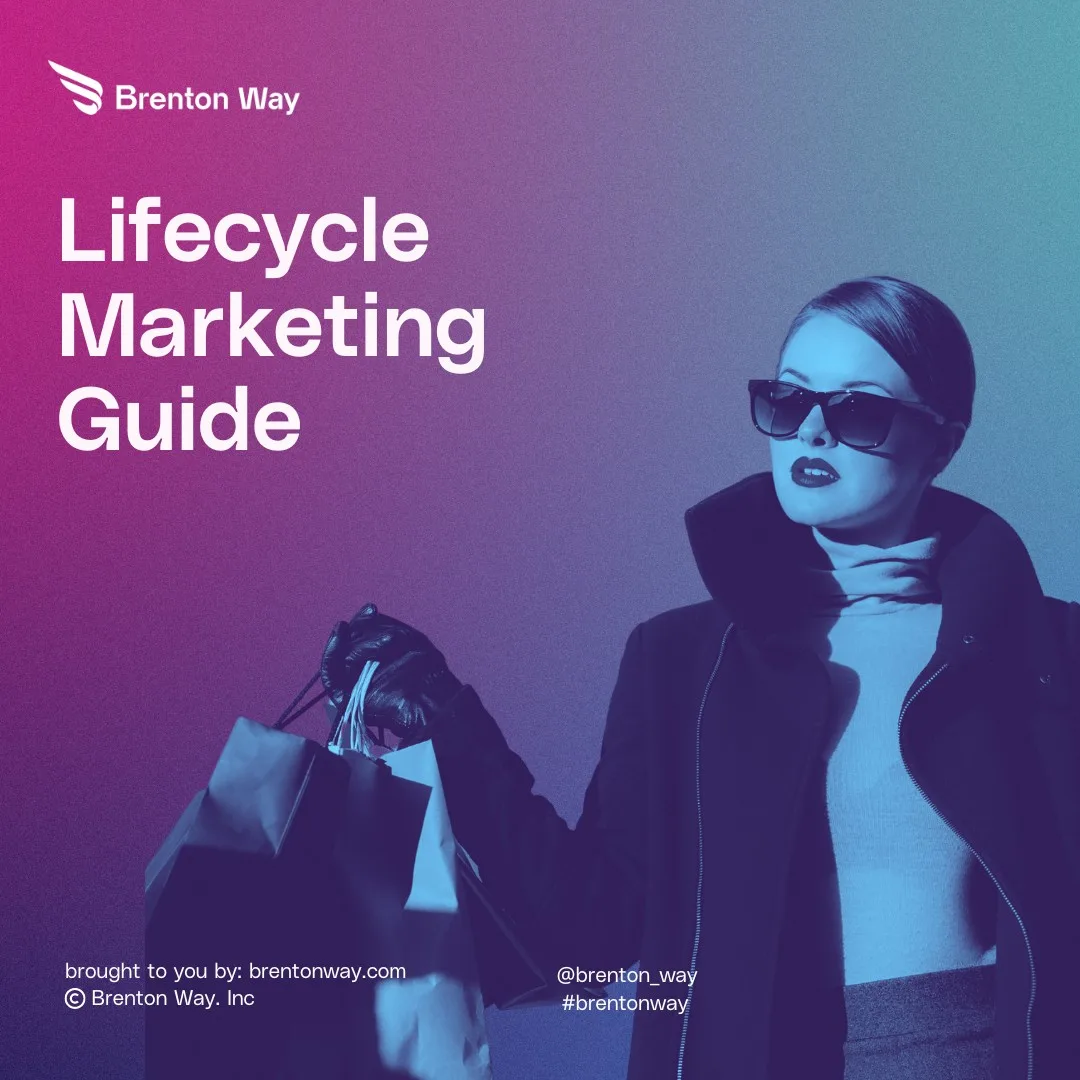
You have defined your audience personas, created an editorial calendar, and spent hours researching and writing the perfect content for your customers. Now you’re ready to crush it with your content marketing, right? Not quite. Content marketing is getting increasingly competitive and noisy. In a 2015 survey by the Content Marketing Institute, 77% of marketers reported […]
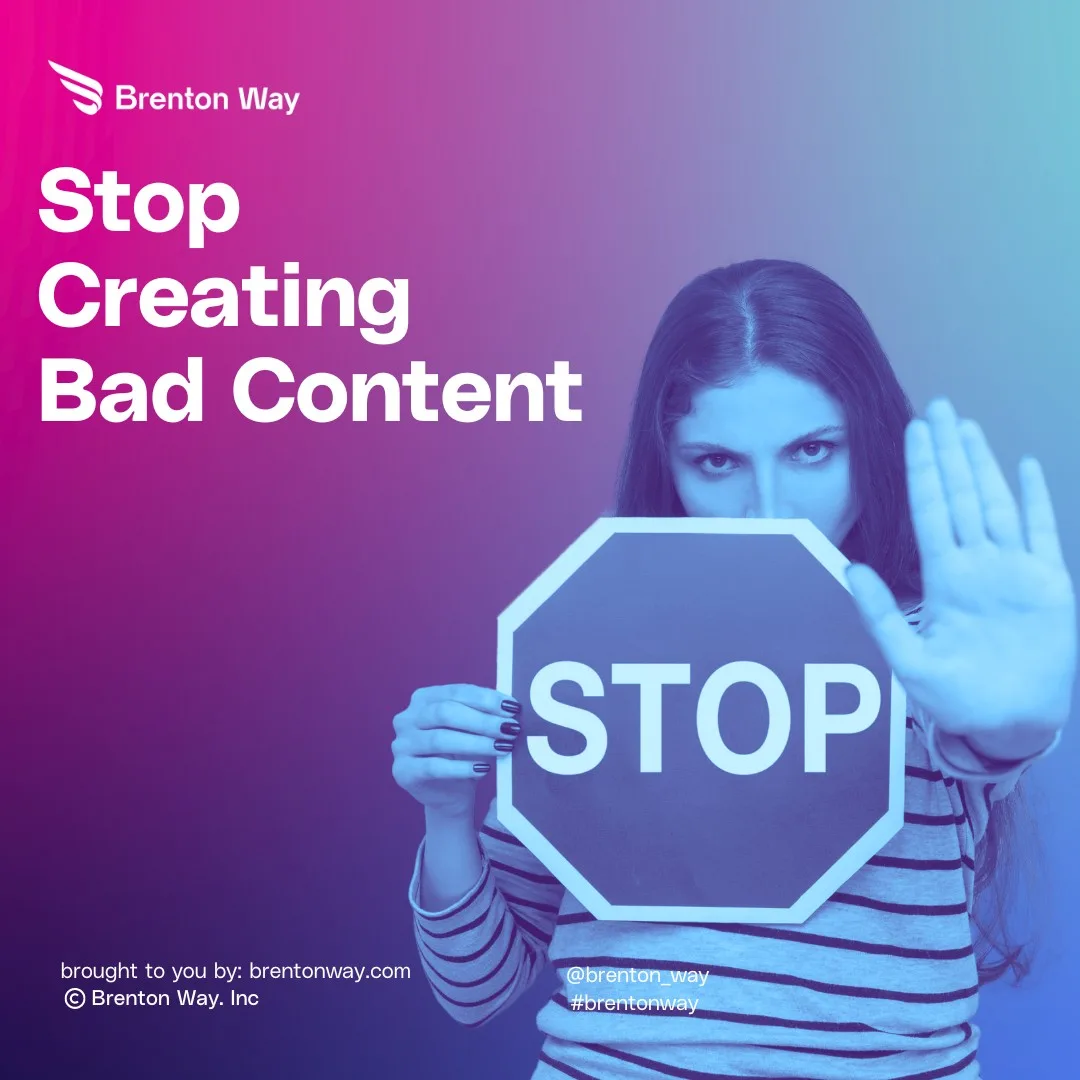
You have defined your audience personas, created an editorial calendar, and spent hours researching and writing the perfect content for your customers. Now you’re ready to crush it with your content marketing, right? Not quite.
Content marketing is getting increasingly competitive and noisy. In a 2015 survey by the Content Marketing Institute, 77% of marketers reported using content marketing for their strategy. 76% planned to increase their content production in 2016. With so much content fighting for the attention of your audience, marketers need more than just good writing to set themselves apart.
As you plan your content marketing strategy, consider using design and visual storytelling to differentiate your content from the competition and understand the importance of repurposing your content.
Rather than explain why the visual element of content marketing is so important, let’s try the show, don’t tell method with an infographic:
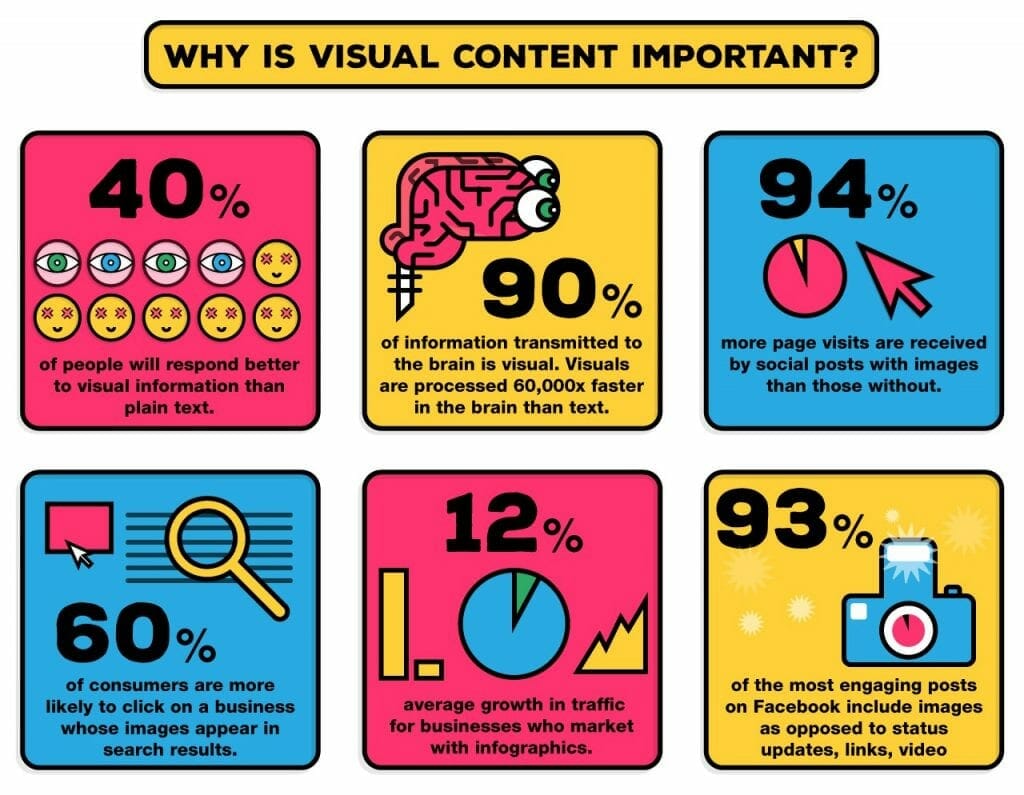
We are a visual culture. People respond better to visual content and even process information more efficiently when presented in a visual way. With so many performance advantages, it’s clear how design can elevate written content and boost content engagement.
With the convincing out of the way, let’s talk about specific ways to introduce design and visual storytelling into your content marketing strategy.

We all know that blog posts need images but are you using enough?
One of the best ways to increase the reach of your content is with the right amount of images. BuzzSumo did the math for us, and found that the right amount of images is one every 75-100 words:
“In a study of over one million articles, BuzzSumo looked at how many blog posts with images were shared. Then they looked at how many images, per how many words, got the best results. What they found was articles with an image once every 75-100 words got double the amount of shares of articles with fewer images.”
Finding images can be tough, especially when you’re adding them every 75-100 words. For some tips on finding good images for your content, check out Pamela Wilson’s guest post on the topic.

When adding images to your content, you may want to consider creating custom-designed images for your post rather than adding stock photography or memes. An often-quoted statistic is that content with relevant images gets 94% more views than content without relevant images, meaning relevance is just as important as quantity when measuring the effectiveness of blog imagery.
If you are considering developing new imagery for your content, it can be helpful to write the content before approaching a designer. A good designer should be able to use the content to quickly understand your design needs and provide relevant, original imagery for your blog. Crowdsourced design from a service like crowdSPRING is especially helpful for projects like this because you can see how your blog post inspires the designs of many different creatives and pick the style most suited to you and your audience.
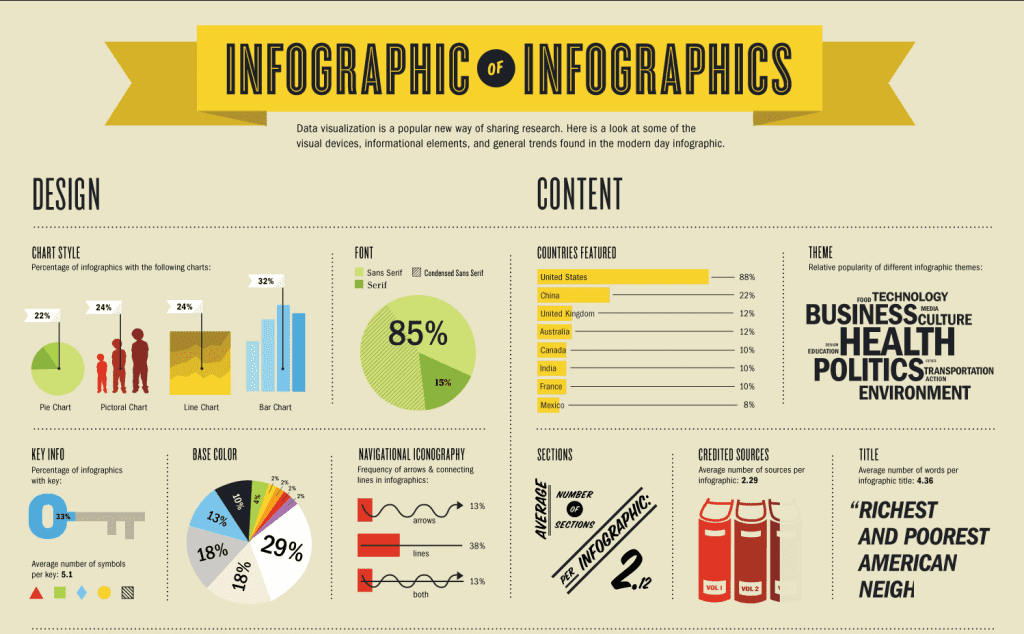
Infographics are a popular form of content marketing because they take the substance of a good blog post or case study and compress the content into something significantly more shareable. Social media tool Mass Planner reports that infographics are liked and shared 3 times more than any other content on social media.
I have written about how successful an infographic can be for businesses, but don’t just take my word for it. Neil Patel, the co-founder of KISSmetrics and Quick Sprout, used infographics on the KISSmetrics blog to generate over 2.5 million visitors in 2010 and continues to believe in the power of infographics.
“I can say with conviction that infographic publishing has been one of my most powerful marketing strategies.”– Neil Patel, QuickSprout Founder
Though you can create entirely original content, one of the most efficient ways to start using infographics for your content marketing strategy is to repurpose existing blog posts. Many companies have repurposed their best blog posts into infographics with great success. Buffer turned the “How to Create a Social Media Marketing Strategy From Scratch” post into an infographic during their “no new content” month (more on that here) and continues to use portions of the infographic for their email courses. For more insights on how to enhance your content, explore the secrets behind 10x content.
With the content already outlined in the existing blog post, the bulk of the work is in the hands of your designer who can immediately get to work on communicating the information visually.

